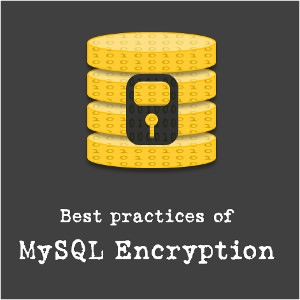Securing Your Node.js Web App

Pluralsight
Course Summary
Understanding the security risks that threatens a Node.js web application is crucial to its success. This course aims at providing functional mitigations to apply to your application against those vulnerabilities.
-
+
Course Description
Since its creation in 2009, Node.js has seen exponential growth in its community of users and the applications they are building. With the drive towards a connected society, the need for web applications has never been greater. Yet, despite the push to connect the world as we know it, businesses of all sizes fall victim to data breaches everyday. The security risks that a Node.js based web application face are no different than any other web application. This course, Securing Your Node.js Web App, will empower you with both the understanding of various web based security risks and how to apply the proper mitigation in your Node.js web application. First, you'll learn about implementing proper authentication and session management. Next, you'll explore how to protect your MongoDB database from injection attacks and how to handle untrusted data - a key player in many of the risks you'll look at. Finally, you'll wrap up by learning how to control application and user authorization to key access areas and the benefits of serving our application over HTTPS. By the end of this course, you'll be on your way to building a significantly more secure Node.js web application.
-
+
Course Syllabus
Course Overview- 2m 8s
—Course Overview 2m 8sIntroduction to Hackers Hall- 1m 39s
—Introduction to Hackers Hall 1m 39sProper User Authentication- 55m 55sSession Management- 35m 33sSecuring MongoDB from Injection Attacks- 45m 1sHandling Untrusted Data- 43m 46sAccess Controls- 36m 8sDefending Against Cross-site Scripting (XSS)- 54m 41sSecuring Your Connection- 47m 3s





